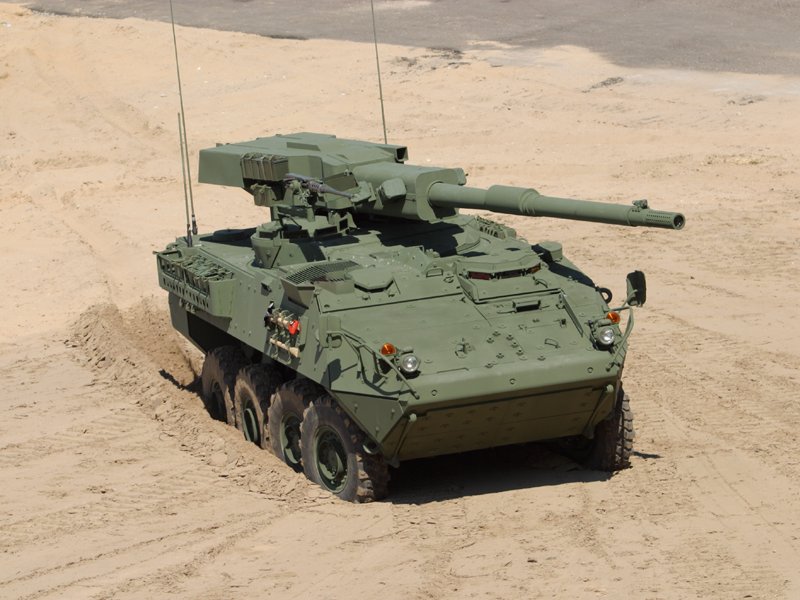Content note: This is a worst-case scenario. People die.
If this would stress you out, don’t read it.
So, the story so far (ie, this is what has happened in actual January 2017).
President Trump issued an executive order that was so blatantly discriminatory that it couldn’t pass Rational Basis review (that’s the lowest level of review under the fourteenth amendment’s guarantee of the equal protection of the laws).
Customs and Border Patrol started holding various people in detention on landing at the airports.
The American Civil Liberties Union went to a whole bunch of federal district courts, for the various courts covering key airports like JFK in New York, Dulles in Washington DC, etc.
The judges gave out emergency injunctions requiring CBP to release people from detention, give them access to lawyers, etc.
In some cases (e.g. Dulles), CBP ignored the court orders and continued as they were, including deporting at least one person in defiance of a court order.
So that’s where we are as of Monday morning, 30 January 2017.
This is where the fiction starts.
The ACLU goes to the Federal District Court for the Eastern District of Virginia (EDVa) and asks for contempt proceedings. Given that there cannot be a civil remedy for the deported person, this means criminal contempt of court. Given the significance, a three-judge panel, headed by Rebecca Beach Smith, Chief Judge of the court, is convened, and issues an arrest warrant for “person or persons unknown, being or claiming to be officers of the United States Customs and Border Patrol, preventing the execution of an order of this Court” and directs Federal Marshalls to go to Dulles to execute the warrant.
There are three phone calls made simultaneously.
The ACLU contacts Terry McAuliffe, the Governor of the Commonwealth of Virginia, asking him to consider putting the Army National Guard of Virginia at the disposal of EDVa to enforce the law.
The US Attorney, who has just failed to prevent the warrant being issued, calls the Federal Circuit Court of Appeals for the Fourth Circuit to apply for a writ of certioriari to stay execution of the warrant awaiting appeal. This takes some time to be issued.
The CBP officer who was representing his department there calls Dulles to warn them that the Marshalls are coming.
Four Marshalls arrive at Dulles with their warrant, and CBP officers draw their weapons and refuse them access. At this point the Supervisory Deputy US Marshall (commanding) is handed a telephone by an ACLU lawyer. On the other end of the line is a Lieutenant-Colonel in the Virginia Army National Guard, informing him that two hundred guardsmen of the 2nd Squadron, 183rd Cavalry Regiment were on the road from Staunton and would be at Dulles airport within an hour.
The Marshalls decide to wait rather than start shooting at CBP, but do not inform CBP what they are waiting for. CBP assumes that they have stopped the Marshalls and are in a stand-off and, rather nervously, continue to process passengers.
The US Attorney finally gets his writ of certiorari, and heads to the airport to break up the stand-off. As she arrives, she hears the first gunshots…
When the VANG arrive, they place themselves at the disposal of the Supervisory Deputy US Marshall to enforce the law. He goes to the CBP and informs them (through a bullhorn) that he will be compelled to use force if they do not comply. He gives them a few minutes to clear civilians out of the way. The cavalry are also preventing civilians from entering Dulles by land at this point, which is what finally alerts the media.
The CBP duty manager, finally, gives some urgency to their higher authority over the phone, warning them that there are going to be four dead US Marshalls pretty soon and they’d better be prepared to deal with that. He hasn’t noticed the National Guard. He is given orders to resist with force. Who gave those orders will ultimately be a matter of some contention.
The Supervisory Deputy US Marshall decides that the clock has run out, and the first Stryker reconnaissance vehicle rolls into the arrivals area of the Dulles terminal.

At this point, CBP panic. Unfortunately, armed federal officers panic by opening fire. The Stryker returns fire with its machine gun, killing 12 CBP officers, including the duty manager, two civilians and injuring what are ultimately determined to be no less than 91 other people, many of them actually taking injuries not from bullets but from diving to the ground to avoid the bullets that are flying.
The surviving CBP officers surrender, and the First Battle of Dulles, the first action of what would later become known as the Second American Civil War is over.
At this point, Donald Trump is finally informed that there has been a shoot-out at Dulles. The smart response – entirely within his powers – would be to federalise the Virginia National Guard, order them to stand down, send some new CBP officers, and reopen the airport. Instead, advised by Steve Bannon, he heads for AF1 ordering them to take him to a secure location (ie to STRATCOM in Nebraska), declares Virginia to be in rebellion and orders the US Army to retake Dulles from the rebel forces.
Given the distance from the Pentagon to Dulles (not much), there are real tank regiments wrecking freeways on their way to the airport within a few minutes. ATC diverts all civilian aircraft away, while F-16s are being launched from Andrews Air Force base to provide top cover. The Second Battle of Dulles lasts about as long as the first, as Abrams and F-16s go through a reconnaissance troop like a hot knife through butter.

Since this is a worst-case scenario, the US military now has conflicting orders, and divides. STRATCOM orders all nuclear elements to stand down and to refuse all launch orders until the political situation is clear (even in a worst case scenario, the US isn’t nuking itself). A whole series of states with Democratic governors end up in rebellion, while the midwest tears itself apart. Large parts of the official military disobey all orders and refuse to fire on fellow Americans and a chaotic multi-sided civil war lasts nearly a year until Trump finally ends up swinging from a lamppost by his heels.